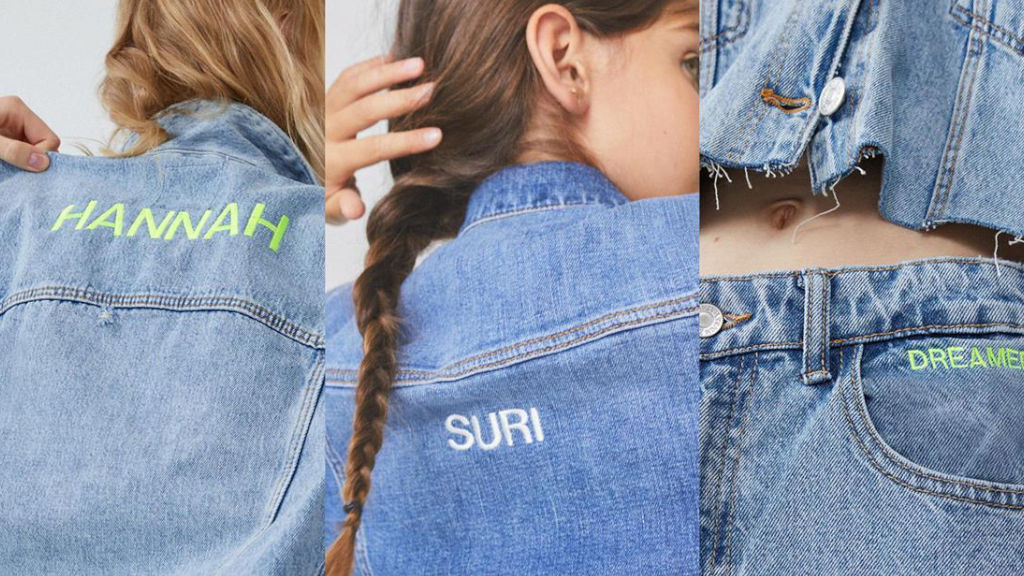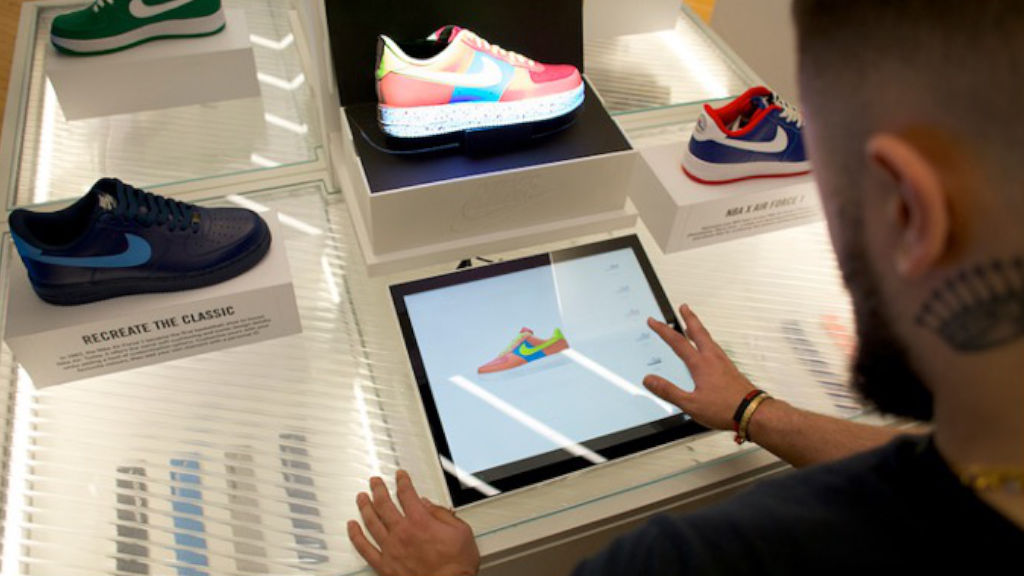CUSTOMISATION: KEY TO THE PRESENT AND FUTURE OF RETAIL
Jackets, surf boards, trainers, mobile phone covers…even furniture! Brands are betting big on offering their clients the chance to personalise their products, a trend that is becoming increasingly popular, particularly among younger people.
In the era of personalisation and made-to-measure experiences, brands are competing to adjust their products as much as possible to match the needs of each customer. In an article in La Vanguardia, Alba Benítez, a marketing and social network expert working at Plural Consulting, said: “Being able to make a product unique, is having something exclusive, and exclusivity is luxury at its most magnificent. Who doesn’t want, for example, trainers with their initials on and made with a unique mixture of colours and fabrics?”

In the 2000s, Adidas took the first step towards personalising its products when it put on sale trainers with three blank stripes that many teenagers coloured in with pens. The concept of customisation is currently being developed by large companies, such as Zara, which provides a very simple personalisation service so that its customers can put any name they want on some selected items from its collection.
Other brands have gone for a much more advanced product personalisation service, which is the case of Nike and Vans. These brands allow visitors to their website to choose some footwear models on which to design their own version, selecting the colours and made-to-measure designs.
How can technology help retailers?
Today, the simplest way of offering a customisable product is through brand websites. Through interactive interfaces, users can personalise a product to their liking, experimenting with different colours, materials, finishes, etc., until they get their perfect combination.
However, one of the most common questions users have is: what will the final result be like? And that is difficult to say without seeing the physical product. Some brands are starting to experiment and develop customisation experiences at physical points of sale, which provides shoppers with greater value and improves in-store interaction.

Video mapping is one of the technological solutions that have more to offer brands, creating customisation experiences in a physical environment with incredibly realistic results. This solution consists of projecting on a blank product the colours, materials and finish that users select through an interactive interface.
Thanks to video mapping, a more reliable preview of the personalised product is obtained, which translates into consumers being more satisfied and more convinced when making the purchase. We at Kendu present you with 3 examples of the potential of this technology, each regarding a very different item so as to demonstrate the versatility of the solution.
1. Trainers and caps
An experience in which users can personalise trainers and caps, including laces, the sole and image design…practically anything one wants! Users can also customise one of the two items and discover the perfect combination thanks to the system’s suggestions. The interaction ends with the payment process, where users can purchase the products they have designed.
2. Surf board
Another use of video mapping is the personalisation of surf boards. This solution was developed by Pukas, a renowned brand in the world of surf that originates from the Basque Country. The aim was for all customers to be able to have a preview of the product and to be able to choose the colour and materials of the board with a great level of detail in order to create a definitive shopping experience.
3. Furniture
It is also possible to project onto furniture! This technology helps users to see in detail what the piece of furniture and the material chosen will really be like before placing an order. Furthermore, the brand has managed to make available an infinite range of colours and combinations of their furniture, while taking up little space.
This trend is a clear example of how brands are becoming increasingly focussed on consumers, committing to technologies, such as video mapping, to improve the shopping experience of users. Offering consumers the possibility of personalising their products will make them feel unique and empowered, giving added value to their likes and preferences, something that will increase to a large extent their shopping options.
Interactive experiences
Discover our range of in-store digital solutions: interactive tables, lift and learn… Interactive in retail works!




